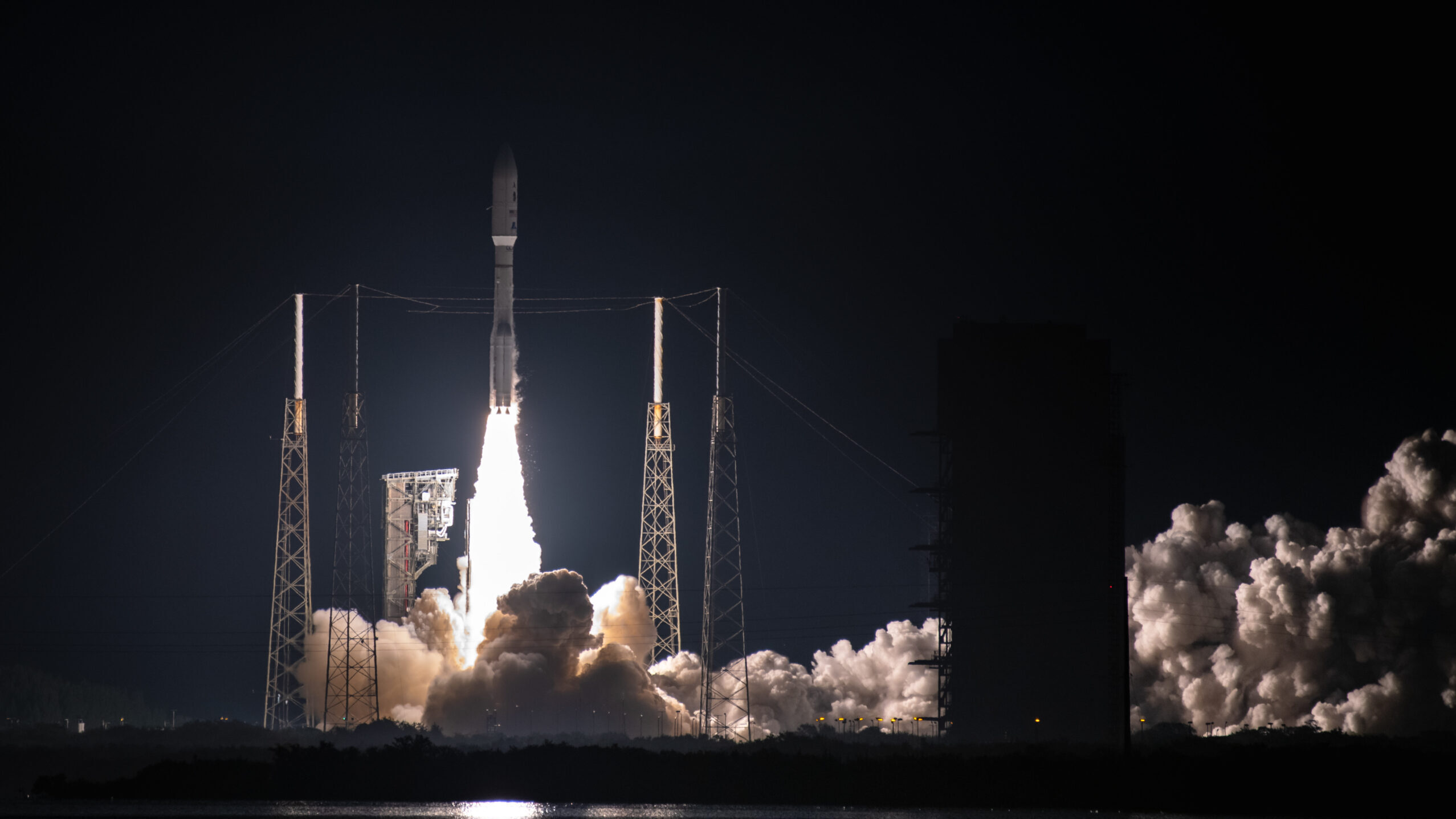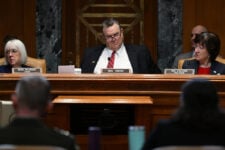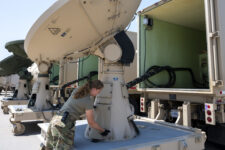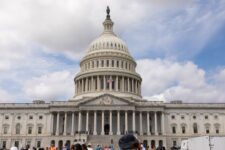
A United Launch Alliance Atlas V rocket lifts off Dec. 7, 2021, from Space Launch Complex 41 at Cape Canaveral Space Force Station, Fla. The rocket propelled two Department of Defense Space Test Program satellites into space. (US Space Force photo by Joshua Conti)
WASHINGTON — The US Space Force has provided its unfunded priorities list to Congress, laying out $1.15 billion for infrastructure projects, a couple more space launches and a handful of high-dollar classified programs that didn’t make it into the official fiscal 2025 budget request.
The list, presented to Congress and obtained by Breaking Defense, includes 13 items total, six of which are classified. The most expensive item on the list, clocking in at over $300 million, is among the classified programs.
Of the unclassified items, America’s newest military branch could use an additional $160 million to establish a “working capital fund” to be used for purchasing commercial satellite communications, $10 million to accelerate a program dealing with an “uninterruptable power supply” for Wideband satellite communications facilities, and $60 million to “restore” one or two launches in the Rapid Systems Launch Program (RSLP) for the Pentagon’s Space Test Program.
RELATED: Space Force wants commercial sat buses to carry ‘bundled’ experiments
“Restoring RSLP is not just a matter of maintaining ongoing projects but is critical for progressing towards the goals set forth by the NDS [National Defense Strategy] to innovate and ensure security in space while focusing on technical modernization integrated into the joint force as called out by the NMS [National Military Strategy],” the request says.
The Space Force’s official budget request for FY25 came in at $29.4B, a number Department of the Air Force chief Frank Kendall called a “small decrease” from the $30 billion it asked for in FY24.
“Overall, I consider this to be an acceptable budget. I can defend it. It is moving forward on the things that we prioritized. Again, I’d like to be able to move faster, but we do have constraints,” Kendall said earlier this month.
RELATED: Army, CENTCOM ask Congress for spending jump for counter-drone mission
Since the Pentagon’s FY25 budget was revealed March 11, the Pentagon’s various services and combatant commands have supplied lawmakers with their list of programs for which they want funding but were not able to squeeze into the formal request.
US Space Command, for instance, submitted a wish list with a similar bump as Space Force, detailing an additional $1.2 billion of unfunded needs, including over $700 million for classified programs. Three programs, totaling $90 million, deal with classified Navy electronic warfare-based “counterspace” capabilities.






















